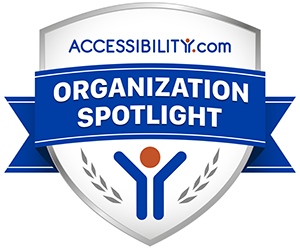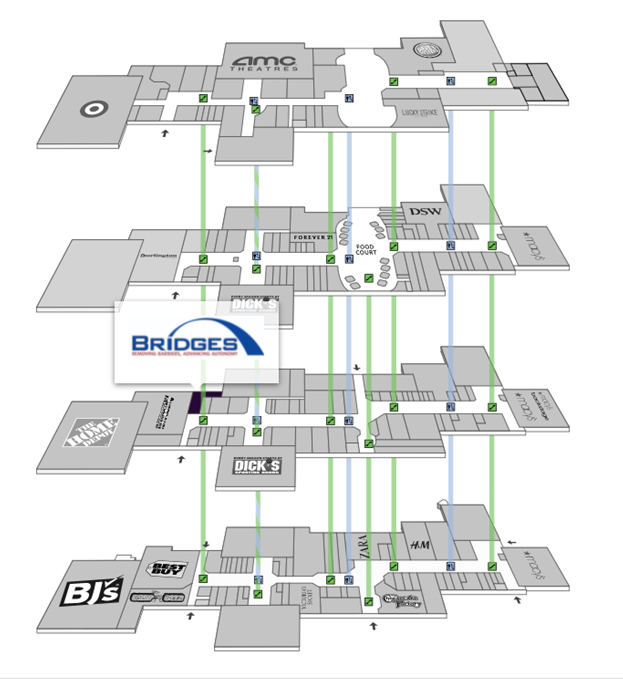
 Photo
Photo
You’ve thought long and hard about starting your own business, and you’ve decided to go for it. Perhaps you’re a little nervous because of your disability, but don’t let that stop you. You’re more than qualified, so check out the following tips and tricks from BRIDGES, and then take the plunge into starting your own business.
Find a Business That Fits
Your first step is to find a business that fits your skills and your lifestyle. This may be anything from starting an accounting or bookkeeping company to decorating cakes to freelancing online as a writer, editor, or proofreader. Take your disability into account here, but don’t let it limit you too much. You never know what you can or can’t do until you really try. Just choose something you truly enjoy doing.
Starting a business is stressful for anyone, so be sure to reduce stress as much as possible and prioritize a healthy work-life balance as you launch. One way to do this is by making changes to your home environment to improve wellness. This is especially important if you’re working from home, as you’ll be spending ever more time there. Seemingly small changes like adding houseplants, reducing clutter, and letting in more natural light can make a huge impact.
Decide on a Business Structure
You’ll have to choose a structure for your new business. This guide can help when you’re ready to start a new company. If your company is simply you, you can start with a sole proprietorship. If you’re going into business with a partner or two, consider the varieties of partnerships available. Research them carefully, for they provide different levels of liability protection. You may also think about starting a limited liability company, which can provide some tax benefits, greater flexibility, and limited personal liability for you. Be sure you know the regulations for your state before you start the process.
Write a Business Plan
As you’re setting up your company, write up a business plan. Deputy advises beginning with a description of your company and its purpose, then include sections on your products or services, the roles and tasks to be performed, your business structure, your funding and budget, and your marketing strategies. This may seem like a bit of a fuss, but it’ll help you pull together all the various aspects of your business and keep you on track as your business grows. You can always update your business plan over time.
Get Funding
Your business may require some funding to get off the ground. This may come out of your personal savings if you don’t need a significant amount of start-up money, but also explore the possibility of getting a grant or a loan. Some foundations provide grants for business owners with disabilities, and you can read about these to see if you qualify. Also, take a look at the small business loans available through your state and federal government. Whether you’re applying for a grant or a loan, read all the fine print, and know exactly what’s expected of you.
Develop a Marketing Plan
Finally, you’ll need to attract some customers to your new business, and this means developing a marketing plan. This should cover both digital and more traditional marketing. Create a website for your business as well as social media sites, but don’t neglect advertisements in local newspapers, fliers and posters, and Referral Rock suggests good, old-fashioned word of mouth. A combination of these marketing strategies will bring in your first customers and your first profits.
Plunge Into Your Business
If you’ve been dreaming about starting a new business, it’s time to make that dream a reality! So don’t hesitate; just follow these tips – including forming your business, writing a business plan, making your home a stress-free zone, and getting funding – and take the plunge. You won’t regret it!




